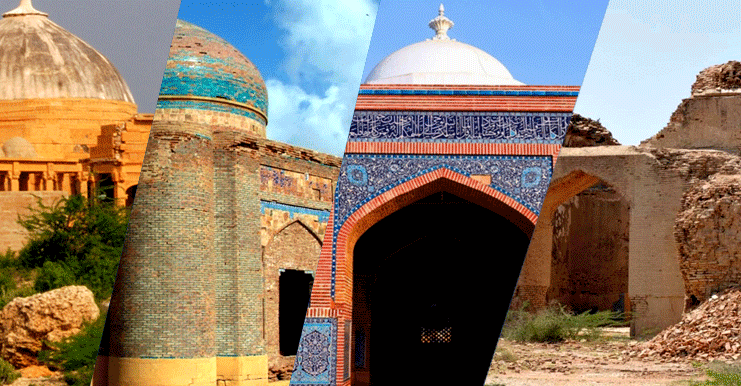Thatta is one of the most ancient cities in Sindh, Pakistan. It has been the medieval capital of Sindh and has seen three successive dynasties. It was the center of power in all of these dynasties and that is evident by the huge number of monuments sprouted across the city.
History of Thatta
The name Thatta is derived from Sindhi word Thatto whose literal meaning is a riverside settlement. According to some historians it also served as the port of the river Indus in the time of Alexander the great. Thatta was part of the region conquered by Muhammad bin Qasim in 711 CE. It also served as a seaport of Debai which was mentioned by historians of Arab conquerors’ time.
Thatta hosts the Makli Necropolis which is a renowned UNESCO world heritage site. It has one of the largest cemeteries in the world having tombs that were built somewhere between the 14th and 18th centuries.
The 17th-century built Shah Jahan mosque is again one of a kind as it is considered to have an elaborative display of tile work that has no match in South Asia.
It is said that a semi-nomadic tribe living in the times of Umayyad introduced the religion of Islam in the region where previously Hinduism and Buddhism were prevalent.
Modern-day Thatta:
Thatta did not experience widespread rioting at the time of independence. The Hindus continued to live across Sindh and those who wanted to leave for India, left in peace.
It is one of the most important cities of Sindh and attracts a great number of tourists because of its historic monuments, especially the Makli Necropolis. Thatta is the sixth division of Sindh known as the Banbhore division and Thatta was declared the capital.
Let’s have a look at some of the most renowned historic monuments of Thatta and relive the historic past that this city has witnessed over the past centuries.
Shah Jahan Mosque
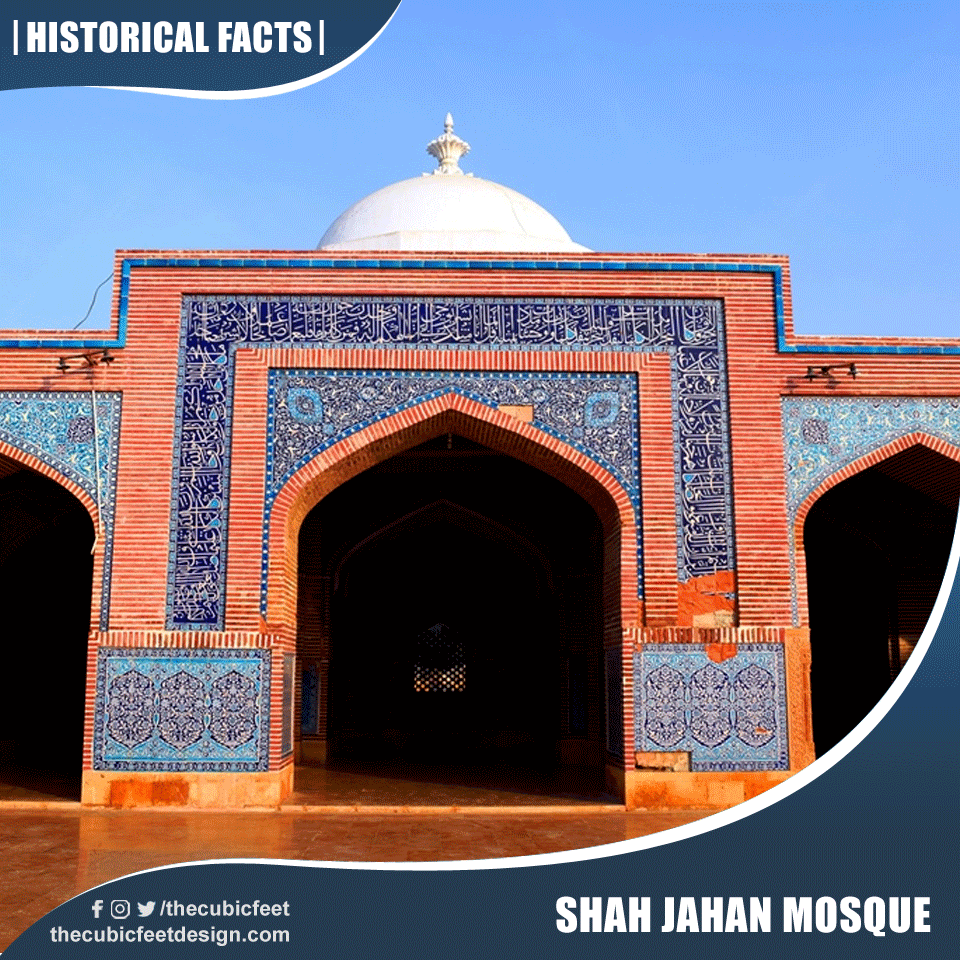
- Built in 17th century
- Was constructed by the Mughal Emperor Shah Jahan
- Architectural style is Turkish and Persian
- Distinguished because of its beautiful and vast brickwork
- Usage of blue tiles is evident throughout the mosque
- Timurid architectural traditions can be seen
- Considered as the most elaborated display of tile work in south Asia especially the geometric brick work
Makli Necropolis
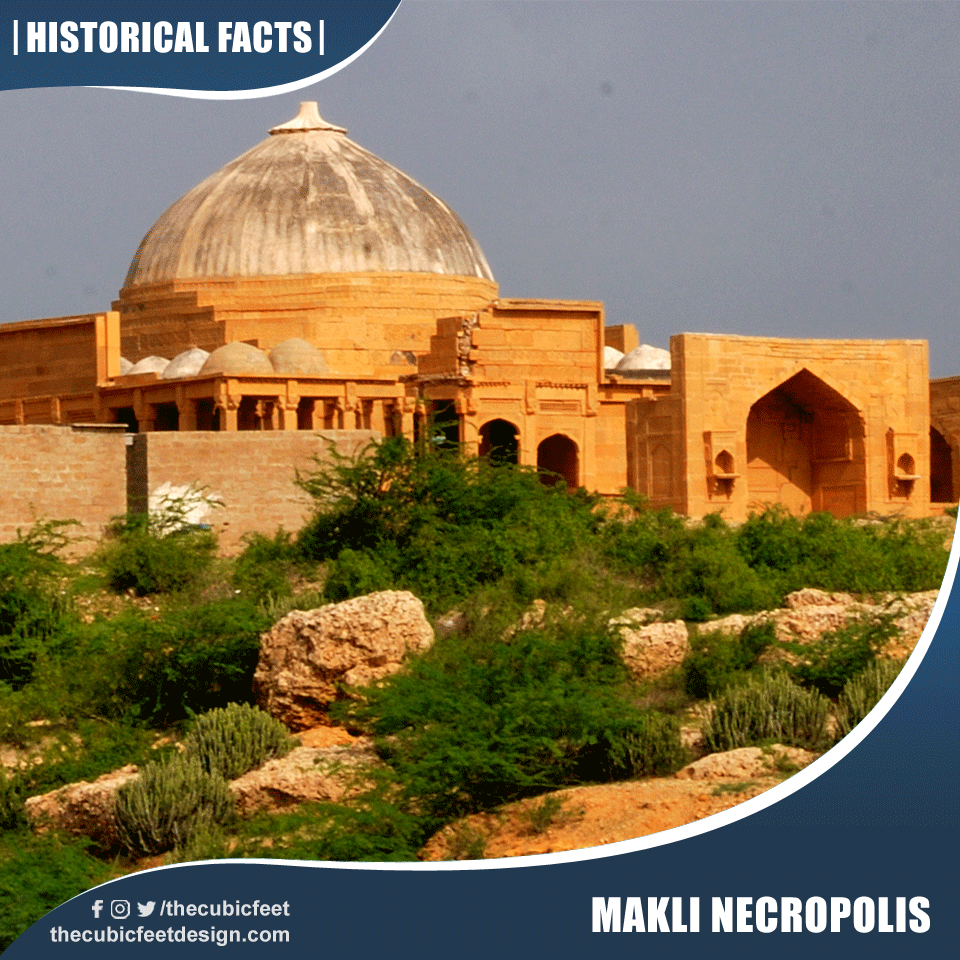
- Largest graveyard of the world
- It is a UNESCO world heritage site
- Consists of over 1 million graves over an area of 10 km
- Display of architectures can be witnessed such as Muslim, Persian, Hindu, Mughal and Gujrati
- Resting place of many renown people like saints, soldiers, scholars etc.
- Mausoleum of saints have verses of Holy Quran imprinted
- The tombs of the warriors are marked with pictures of daggers, swords etc.
- Oldest graves are as olds 400 years
- Showcases the civilization of Sindh between the 14th and 18th
Dewan Shurfa Khan tomb
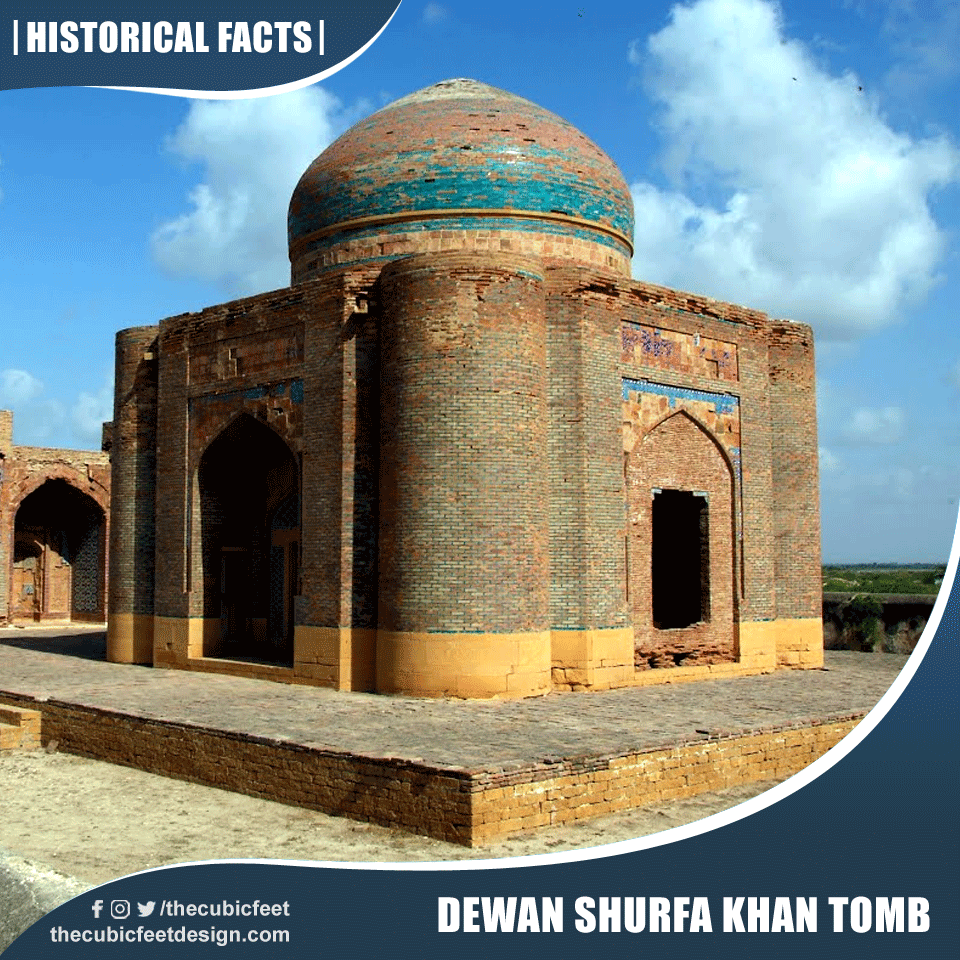
- Dewan Shurfa Khan was a minister in the state government under the Mughal rule
- His tomb and the adjoining mosque are the most well preserved monuments in Thatta
- It was constructed in the 16th century
- The square plan tomb stands on a platform having a walled enclosure
- Architectural style is Persian
- It has red brick walls with light blue tiles on the joints
- Interior of the dome is decorated with glazed bricks in a chevron pattern
- The mehrab and the central part of mosque are decorated with tiles.
Dabgir mosque
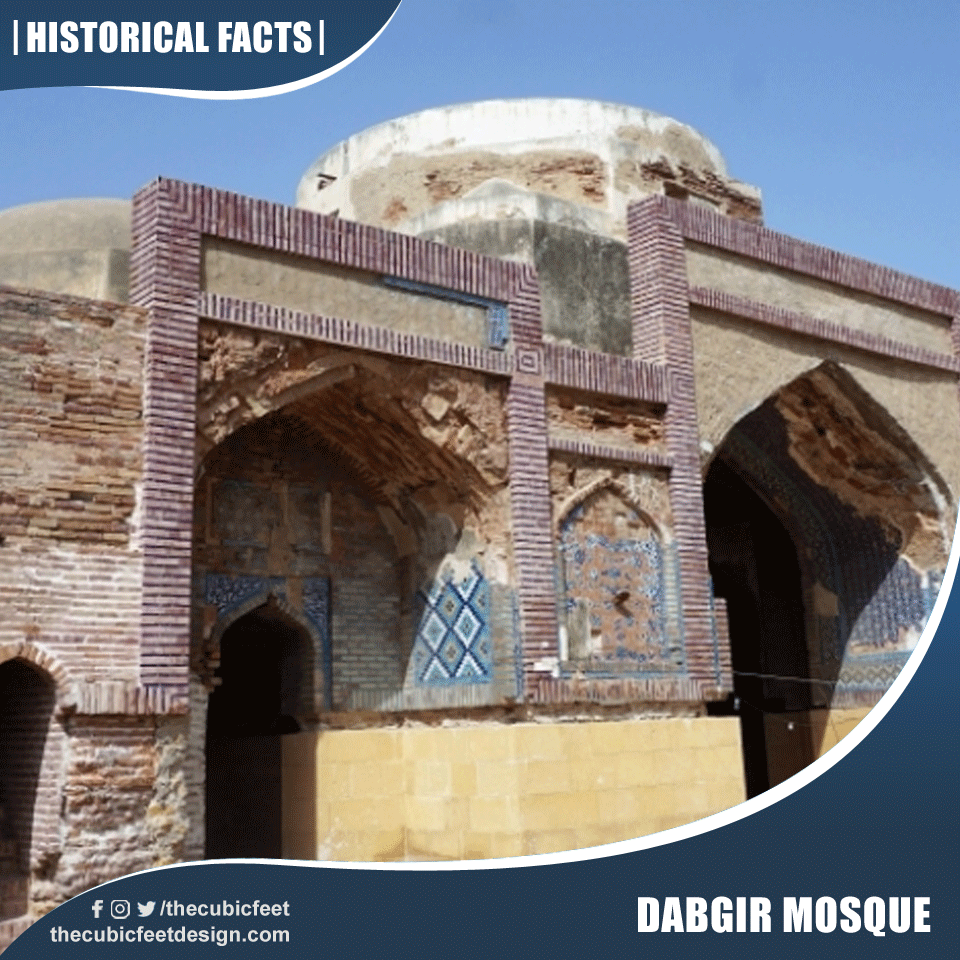
- Was constructed in 16th century
- Also known as Amir Khusro Khan mosque
- Comprises fine colored tile work
- Mehrab is cover the most delicate tracery of superb fine work
- Amir Khusro got it built under his regime
- It is the oldest landmark of the city
- Open for public
Tomb of Mirza Tughrail Baig
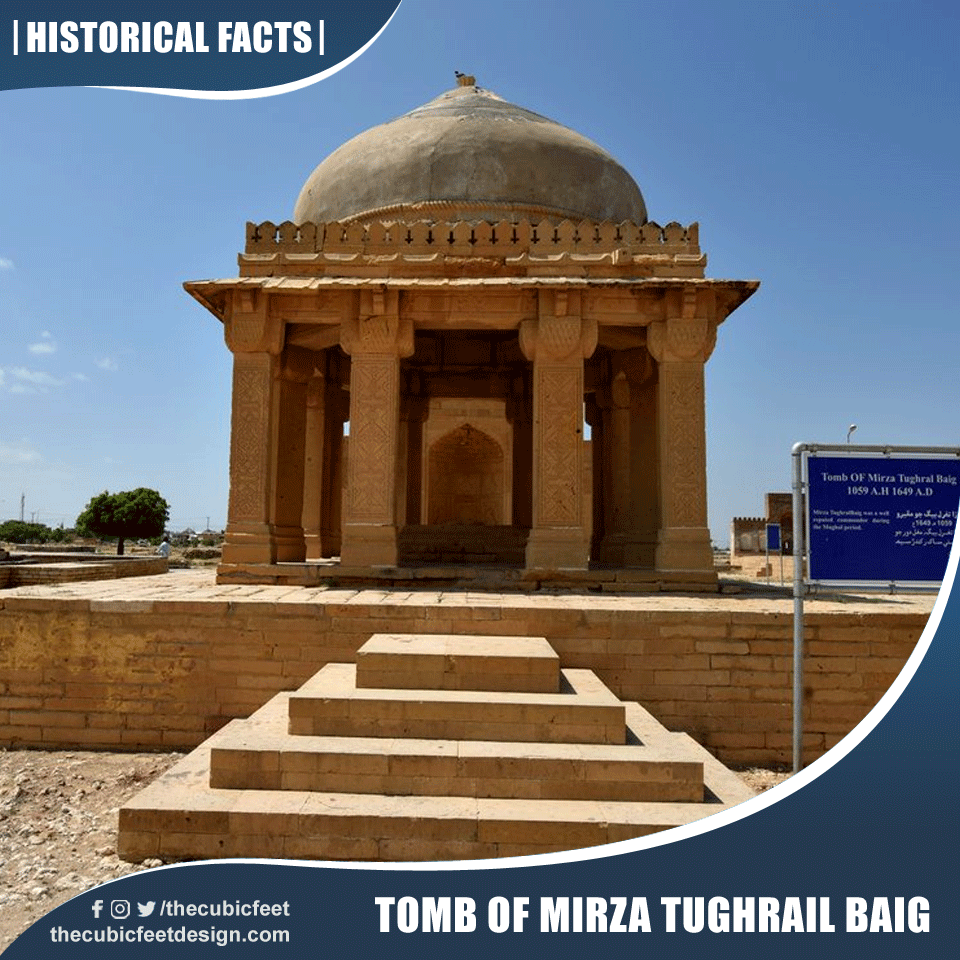
- Mirza Tughrail Baig was a great warrior of Mughal emperor
- Tomb was constructed in 17th century
- It has a dome supported by two pillars on four sides of the pavilions
- The pillars are richly carved in arabesque work
- Lotus blooms and sunflowers are in prominence in the carving
- The interior is reproduction of a zigzag patterned colored tiles same as the dome over Dewan Shurfa Khan’s grave.
Kalan Kot Fort
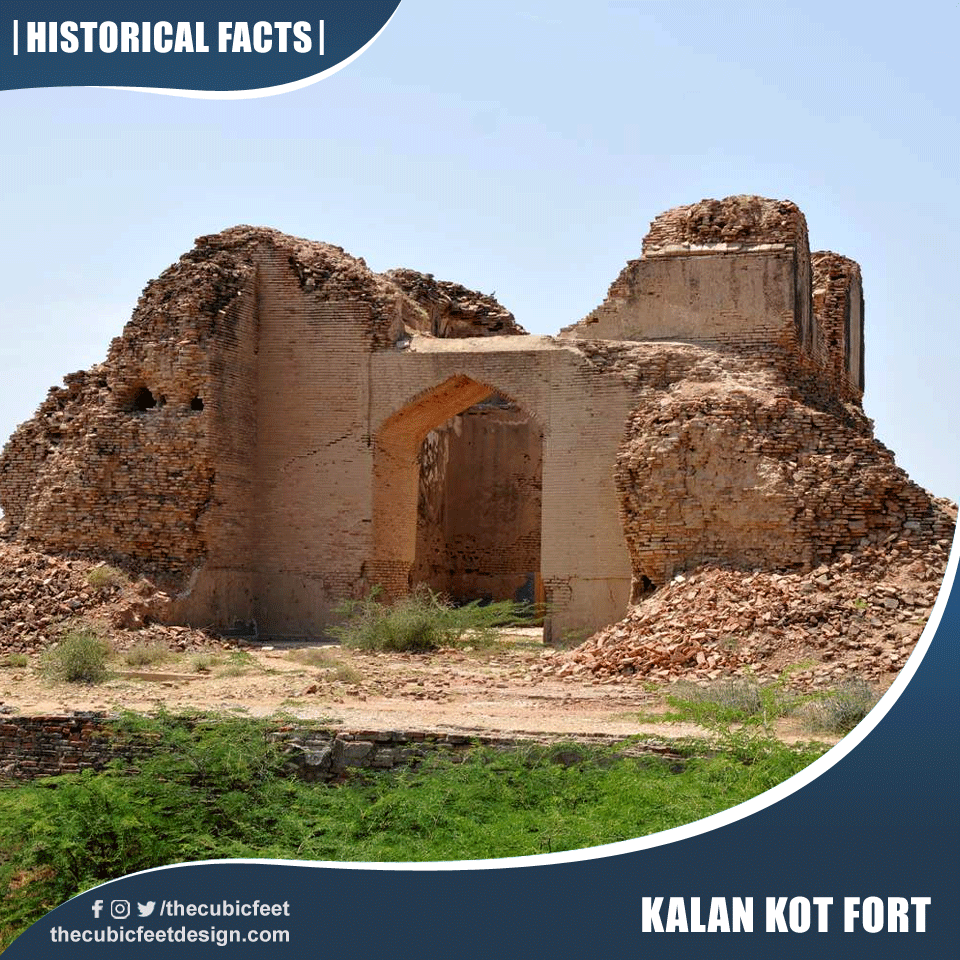
- Also known as Samma fort as it was built during Samma dynasty
- Was constructed in 14th century
- It was constructed by Jam Taghur or Tughlik
- Historically known as Kalyan Kot or Tughlikabad
- It got famous as it remained unfinished by its original founder and still was same until destroyed later
- It was later on used by Mughal emperor Aurangzeb
- Surrounded by a beautiful lake covering an area of over 150 acres
Sultan Ibrahim tomb
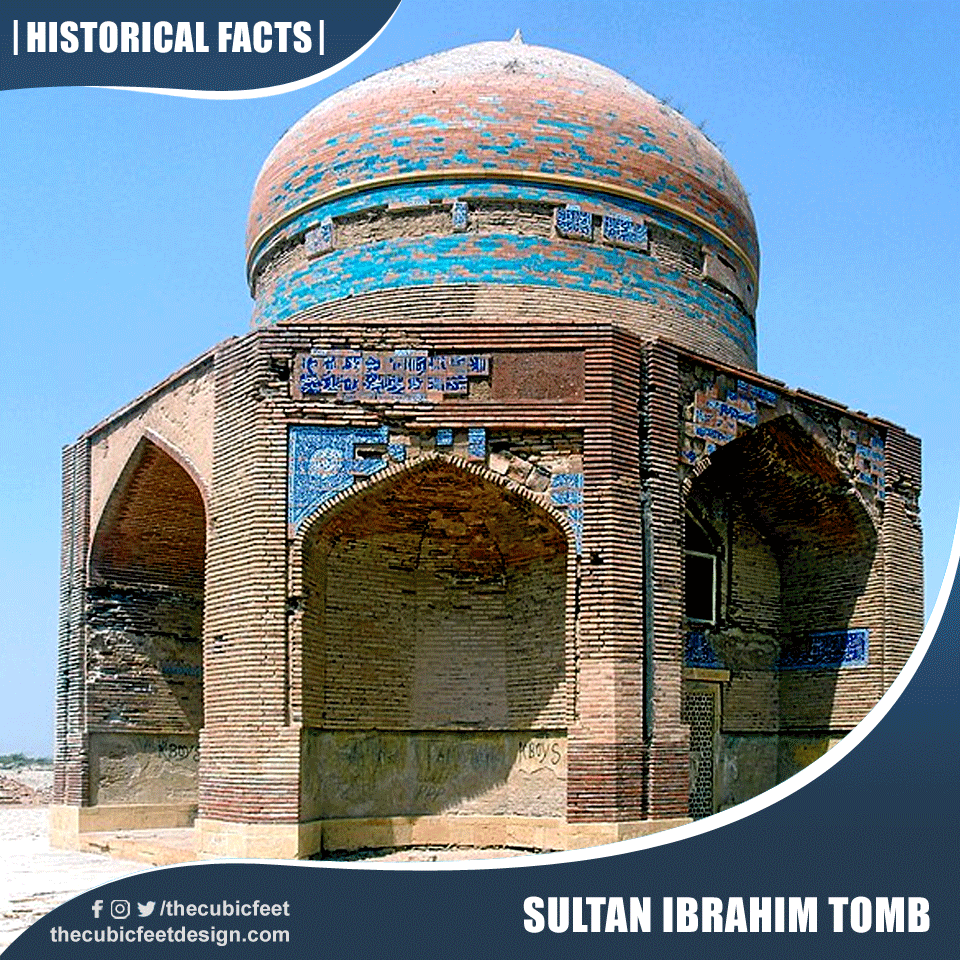
- The tomb of Sultan Ibrahim who was the son of Isa Khan Tarkhan the elder
- It was built somewhere in the 17th century
- The architectural design is similar to that of Dewan Shurfa Khan’s tomb
- Octagonal brick construction with a sharp dome over a drum
- Pillars are colossal
- The dome was originally covered with turquoise tiles- traces can still be found
- Dome rests upon coinciding rings having imprinted stones while a fixed pendant hangs down from the top
Ameer Khani Masjid
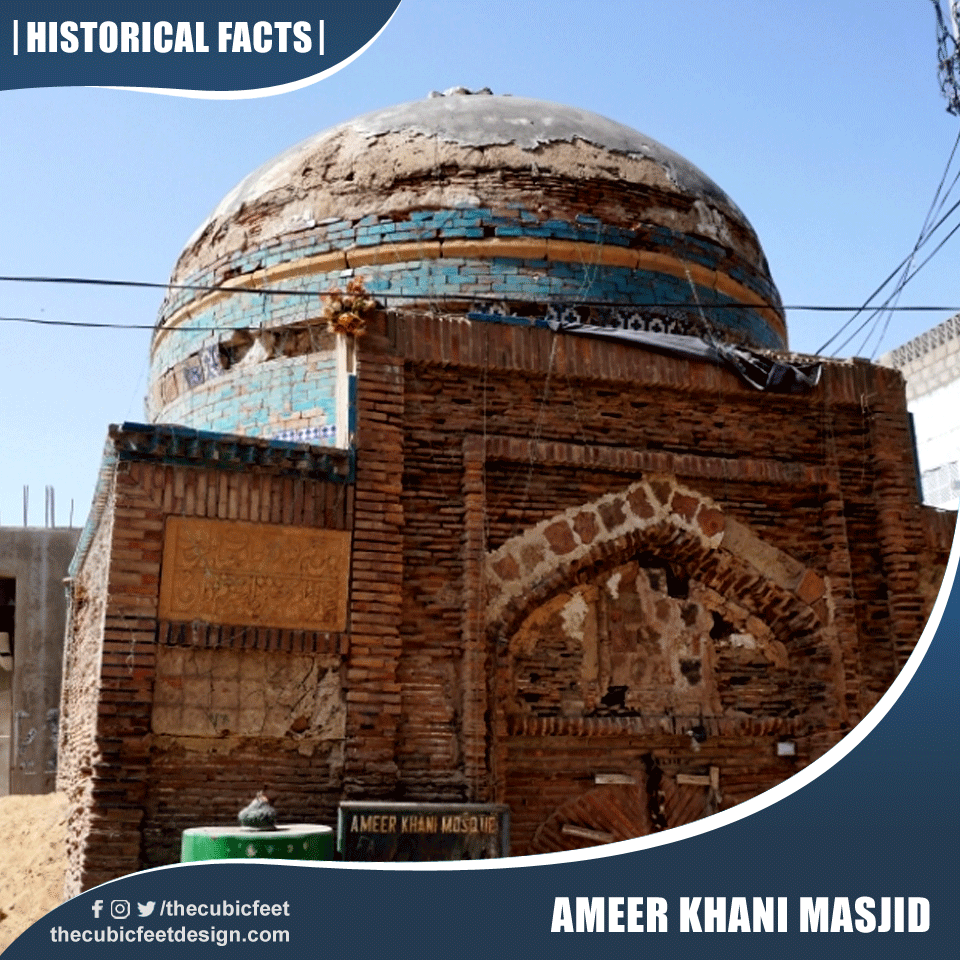
- Located in Thatta
- Was built by Nawab Amir Khan, a governor under Shah Jahan
- Huge square brick construction enclosed by a dome
- Architectural style is Persian
- It has fixated white and lime tiles
- People still pray in this historic mosque which is in perishable condition
Mirza Essa Khan Tarkhan tomb
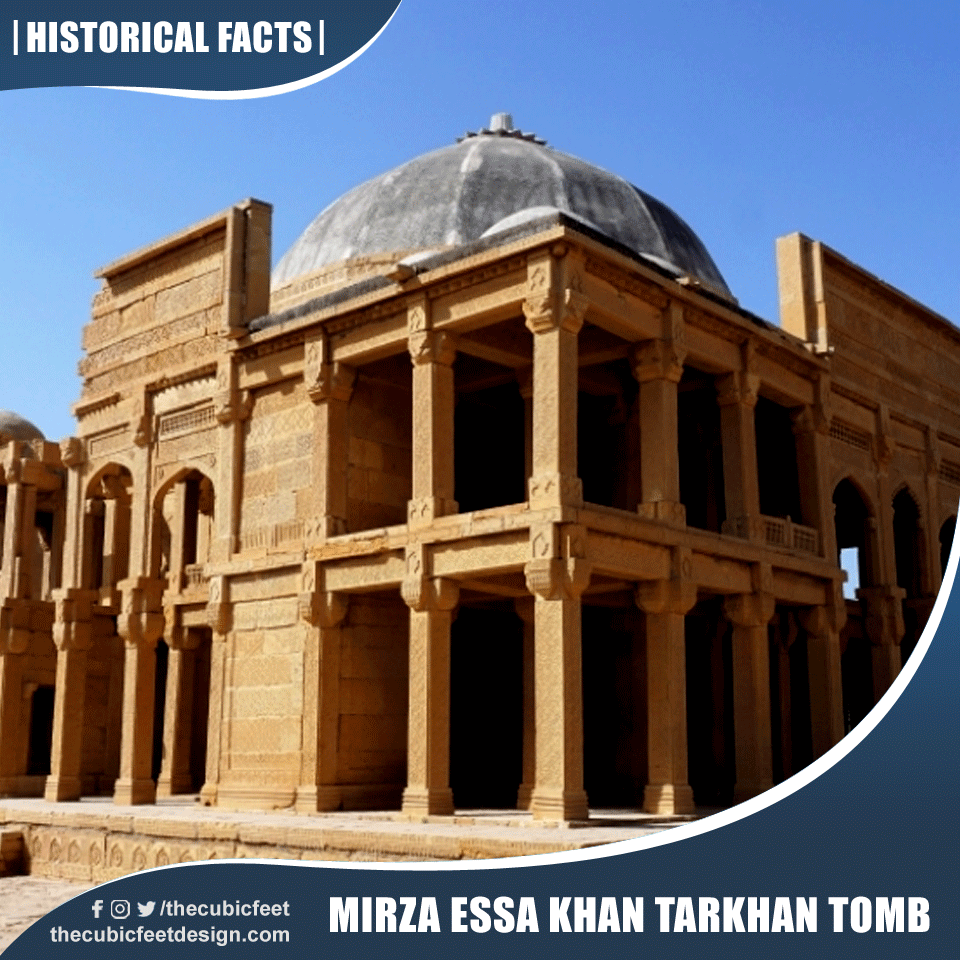
- Mirza Essa Khan Tarkhan II was the governor of Thatta under the rule of Mughal emperor Shah Jahan
- He died at the age of 90 and had built this mausoleum in his lifetime
- It is a magnificent two storeyed building in the center of a square courtyard
- It is enclosed by high stoned walls
- Stone pillars are exquisitely carved with filigree design topped by honey-combed capitals
- The entire mausoleum is constructed in yellow stone
- The inner and outer surfaces are carved with finest tracery
- The mehrab is decorated with geometric and floral designs.
- There are other graves of family members of Isa khan as well in the tomb
Also Read: Historical Landmarks of Hyderabad

